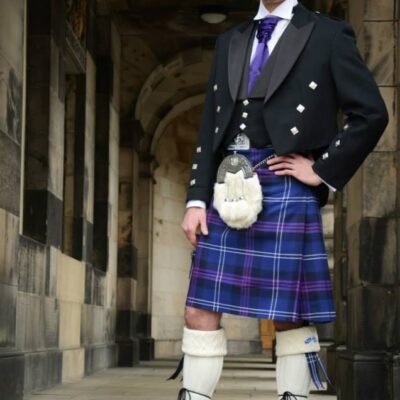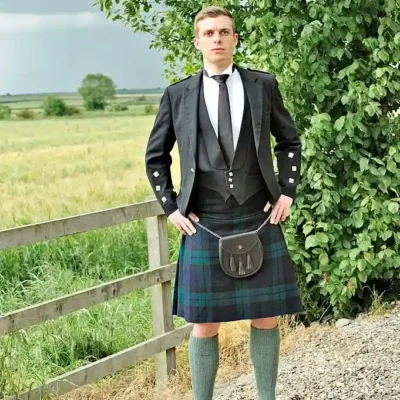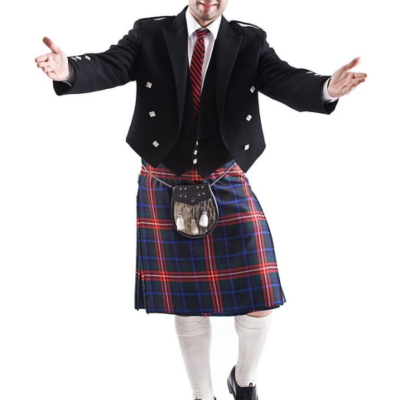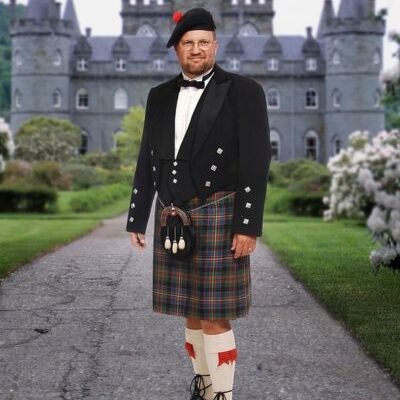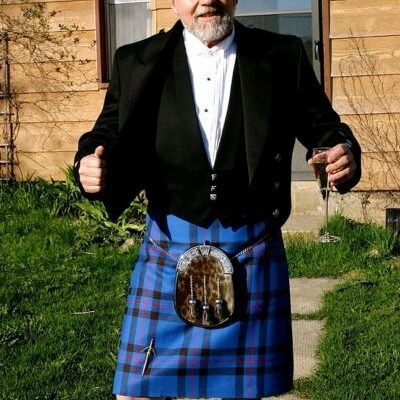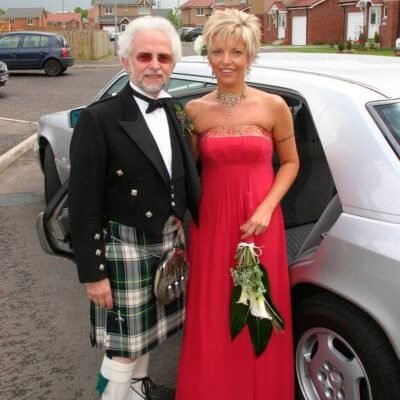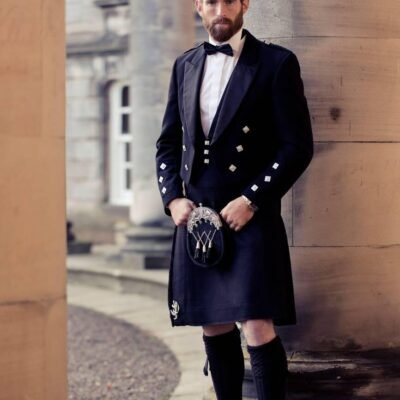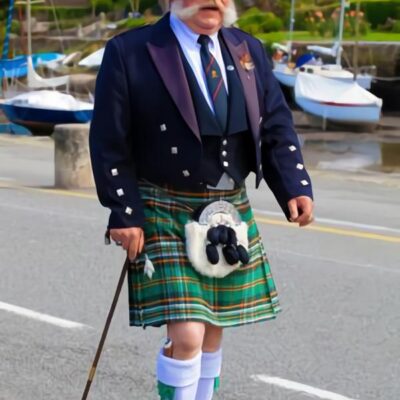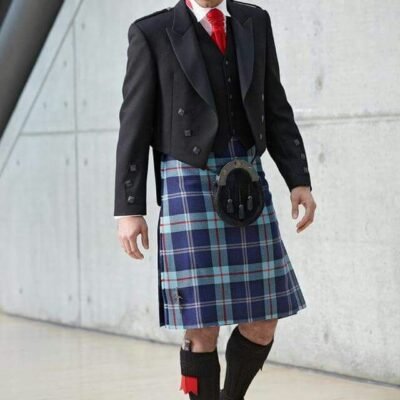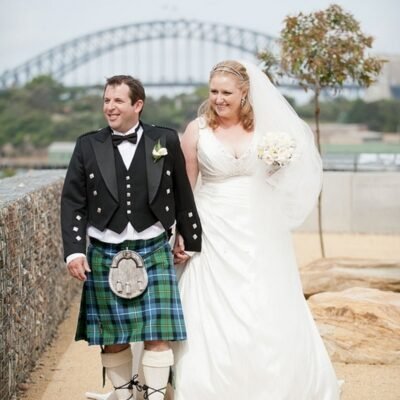Traditional Kilt Outfit
Showing 1–16 of 23 results
-
Sale!
-
Sale!
All-in-One Wedding Kilt Packages For An Unforgettable Event
$449Original price was: $449.$399Current price is: $399. -
Sale!
Bonnie Prince Charlie Kilt Outfit
$500Original price was: $500.$349Current price is: $349.Bonnie Prince Charlie Kilt:
-
Sale!
Classic Elegance: Premium Highland Outfits For Sale
$599Original price was: $599.$359Current price is: $359.Classic Elegance: Premium Highland Outfits for Sale
-
Sale!
Complete Highland Dress Packages – Traditional Scottish Attire
$499Original price was: $499.$349Current price is: $349.Full Highland Dress Packages
-
Sale!
Deluxe Braveheart Prince Charlie Tartan Kilt Outfit
$599Original price was: $599.$359Current price is: $359.Deluxe Braveheart Prince Charlie Tartan Kilt Outfit
-
Sale!
Deluxe Prince Charlie Highlander Kilt Outfit
$449Original price was: $449.$389Current price is: $389. -
Sale!
Elliot Modern Prince Charlie Kilt Outfit
$699Original price was: $699.$349Current price is: $349. -
Sale!
Exquisite Men’s Wedding Kilt Outfit For The Perfect Day
$499Original price was: $499.$359Current price is: $359.Exquisite Men’s Wedding Kilt Outfit For The Perfect Day
-
Sale!
Full Prince Charlie Kilt Outfit Packages
$499Original price was: $499.$349Current price is: $349. -
Sale!
Luxury 3 Button Modern Douglas Tartan Kilt Outfit
$499Original price was: $499.$349Current price is: $349.Luxury 3 Button Modern Douglas Tartan Kilt Outfit
-
Sale!
Luxury 3 Button Traditional Irish Kilt Outfit
$599Original price was: $599.$399Current price is: $399.Luxury 3 Button Traditional Irish Kilt Outfit
-
Sale!
Luxury Help Of Heroes Tartan Kilt Outfit
$449Original price was: $449.$349Current price is: $349.Help Of Heroes Tartan Kilt Outfit
-
Sale!
Luxury Prince Of Wales Argyle Kilt Outfit
$399Original price was: $399.$349Current price is: $349.Luxury Prince Of Wales Argyle Kilt Outfit
-
Sale!
Luxury Prince Of Wales Argyle Kilt Outfit
$549Original price was: $549.$449Current price is: $449.Luxury Prince Of Wales Argyle Kilt Outfit
-
Sale!
MacNeil Prince Charlie Tartan Kilt Outfit
$499Original price was: $499.$349Current price is: $349.




